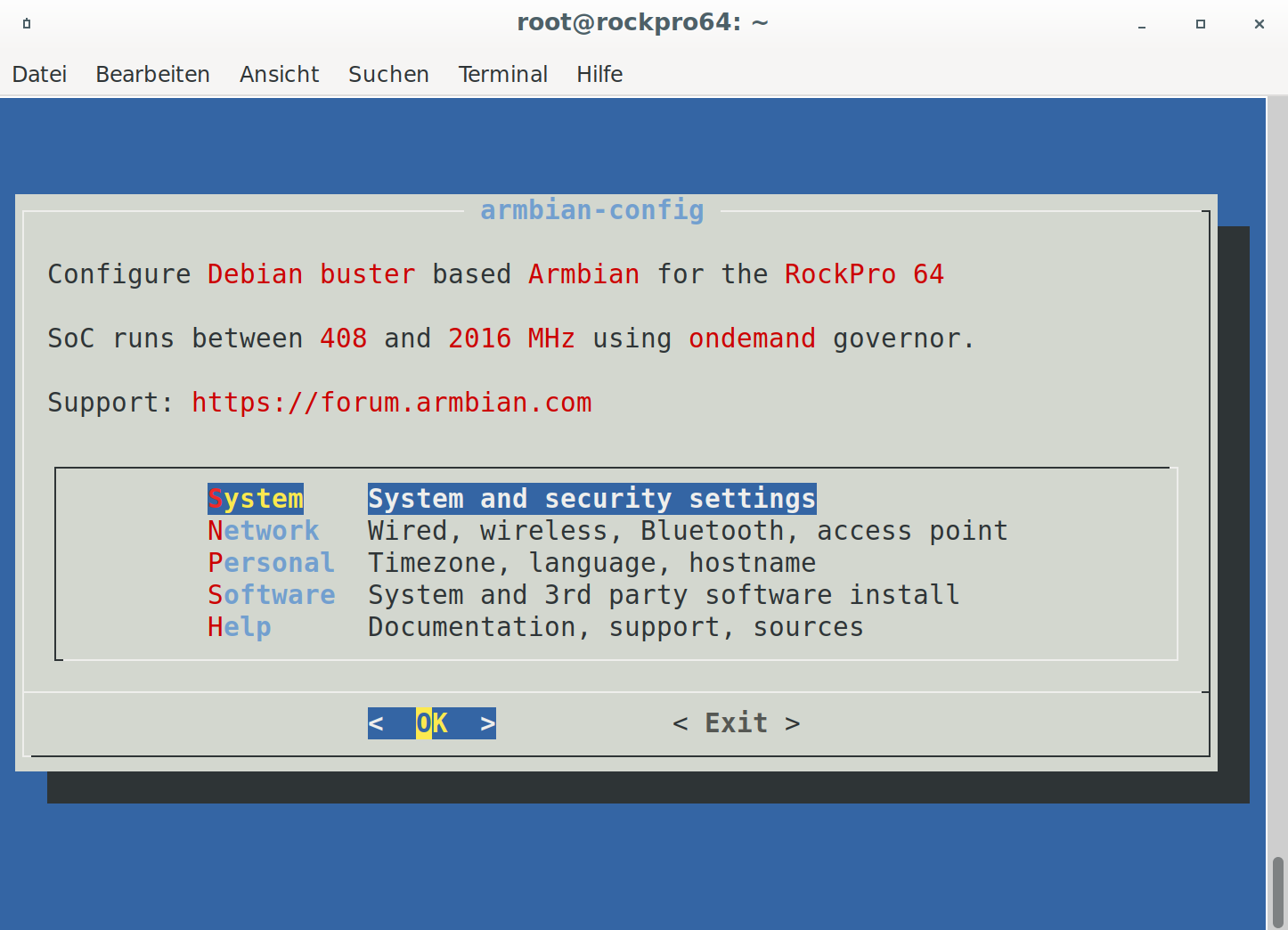Eure Meinung zum ROCKPro64 ?
ROCKPro64
1
Beiträge
1
Kommentatoren
619
Aufrufe
-
Mich würde mal Eure Meinung zum ROCKPro64 interessieren und was ihr damit machen wollt?
Hier mal was ich damit vorhabe.
Projekt 1
Mein 4GB ROCKPro64 soll als Webserver funktionieren.
Software
- nginx
- mariadb
- nodejs
- nodebb
- redis usw.
Dient zum Testen meiner Webseiten und zum Ausprobieren neuer Sachen.
Hardware
- ROCKPro64 4GB
- PCIe-NVMe Karte
- NVMe SSD (als System)
- SD-Karte (im Moment zum Booten)
- evt. kommt noch eine USB-3 HDD als Datengrab dran.
Projekt 2
Mein 2GB ROCKPro64 soll als NAS funktionieren.
Software
- NFS Server
- Restic
Soll evt. mein bestehendes NAS ablösen.
Hardware
- ROCKPro64 2GB
- PCIe-SATA Karte
- zwei HDD (als Datengrab)
- eMMC-Karte (System)
So mal im Groben, das was ich vorhabe. Aber, bei mir kann sich so was relativ schnell ändern. Spielkind halt

Im Moment dienen beide ROCKPro64 als Testsysteme um Kamil's Images auf Herz und Nieren zu prüfen. Unsere Systeme sollen ja in Zukunft absolut stabil laufen

